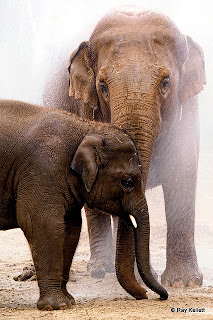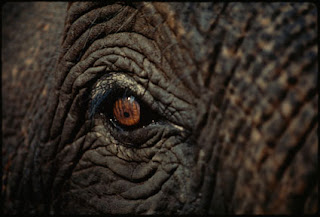fee-nix fox
Scientific Name: Fennecus zarda, commonly known as the Fennec fox.
Biome: Desert, North of Africa.
Classification: Class Mammalia (mammals), Order Carnivore, Family Canidae.
Reproduction and Gestation: The gestation period for the Fennecus zarda is fifty days. Female Fennec foxes give birth once a year in late winter/early spring; a litter has one to five tiny, grey-skinned kits.
Diet: The Fennec fox is an omnivore (eating both meat and plants); it eats small animals, plant material, fruit and berries. At night, the Fennec fox eats insects, lizards, snails, small rodents, birds, and eggs. Like other foxes, the Fennec fox stores extra food in its underground den. The Fennec fox gets most of the water it needs from its food. It can go without water for a very long time.
Lifespan: 10-12 years in the wild, 12- 16 years in captivity
Endangered? No
Interesting Facts about Fennec Foxes …
· A male fox is called a reynard, the female is called a vixen, and the baby is called a kit. A group of foxes is called a skulk or a leash.
· Fennecs can be found purring like a cat when they are happy.
· They are very social animals and live in colonies in the wild of up to 10 other foxes.
· They are nocturnal, but do like to lie out in the sun
· Some people keep Fennec foxes as pets!
Love Brid, the zoo tycoonest
















